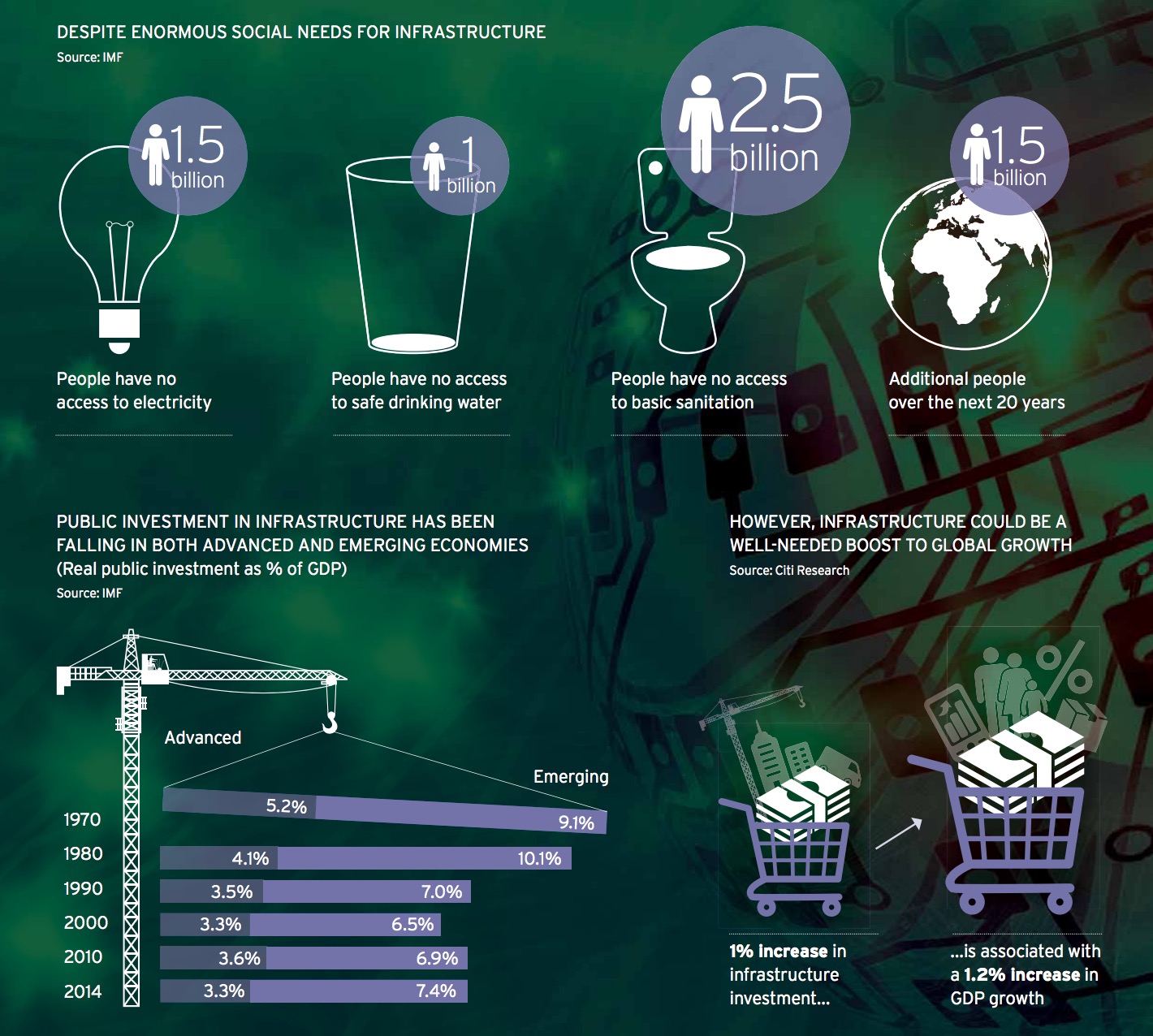
With interest rates close to zero, or in some cases negative in real terms, and the bazooka of QE already widely deployed, policymakers are running out of monetary levers to pull. This leaves us with the potential of fiscal stimulus, one aspect of which is infrastructure spending which can boost growth using both short-term demand effects, and longer-term supply effects, with the so-called multiplier effect implying that, if done correctly, the resulting GDP boost is larger than the initial investment.
View this complete post...











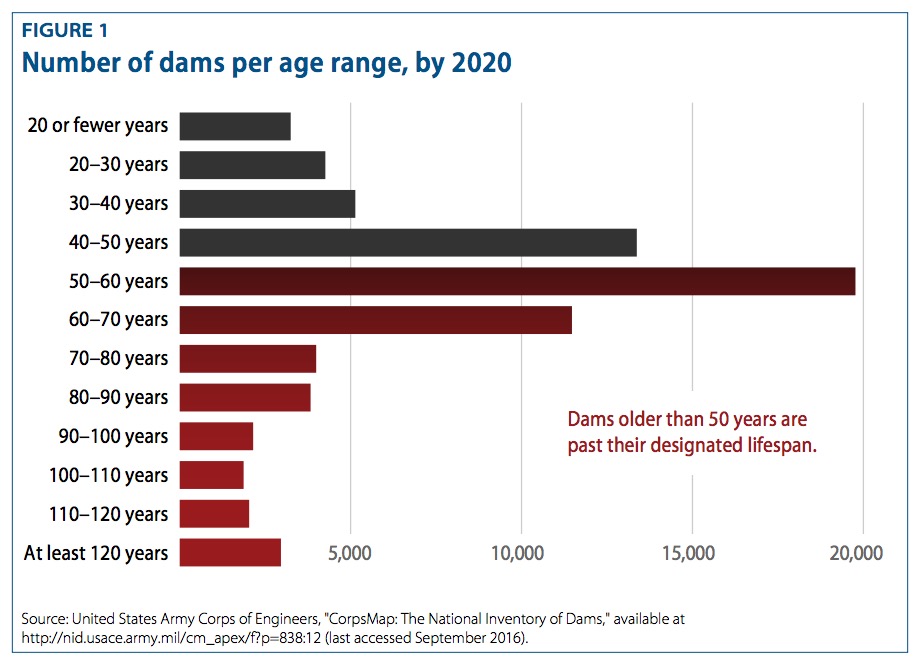
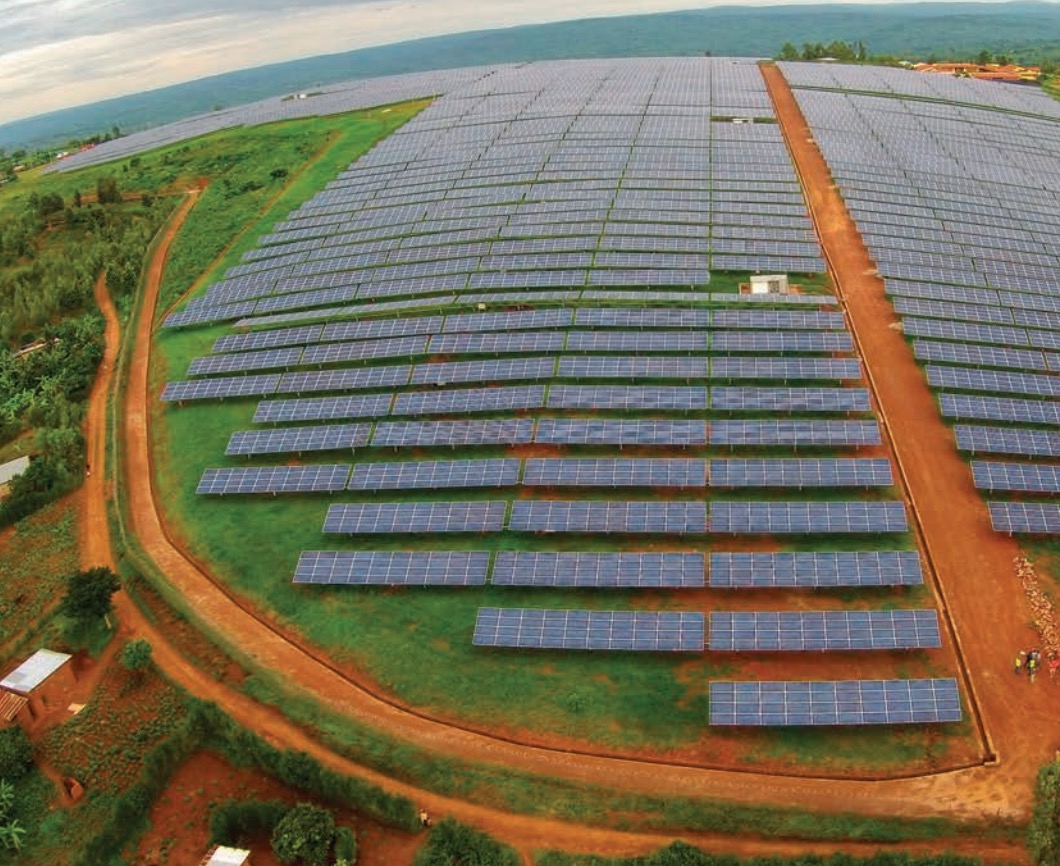
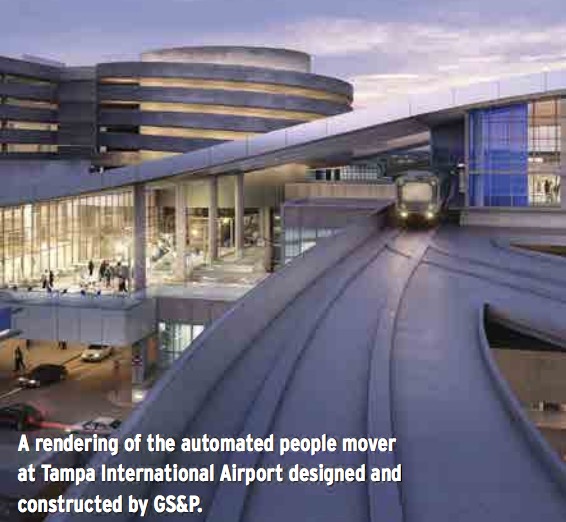


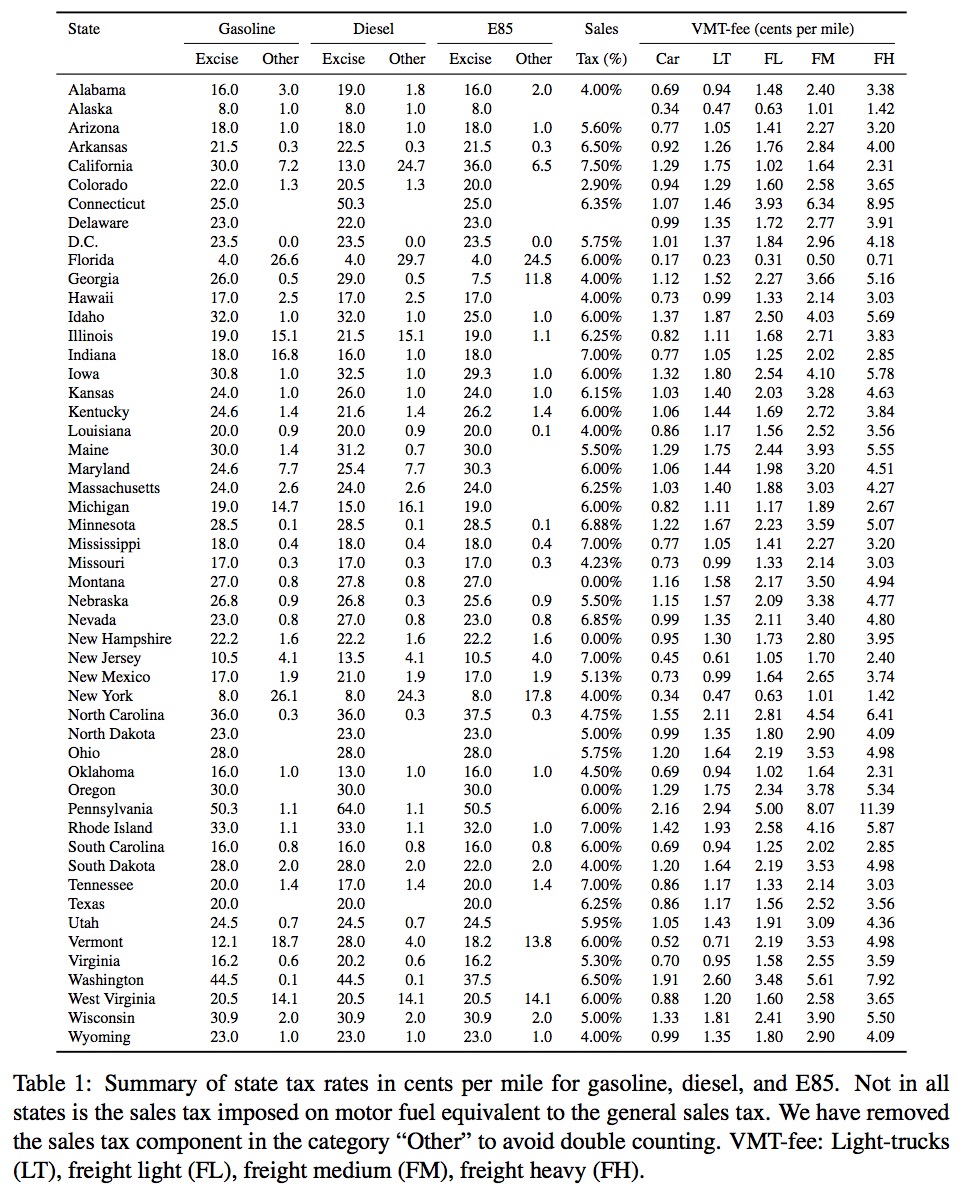

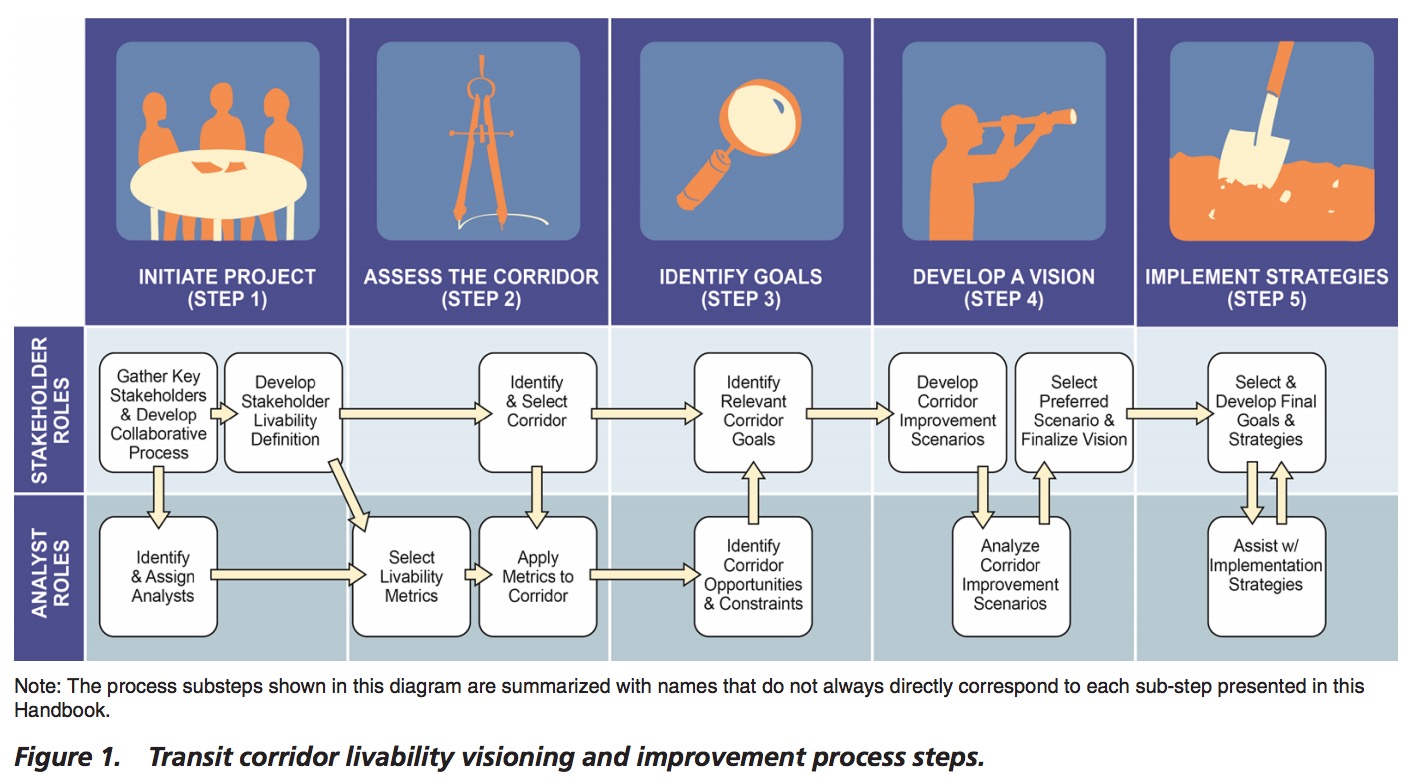
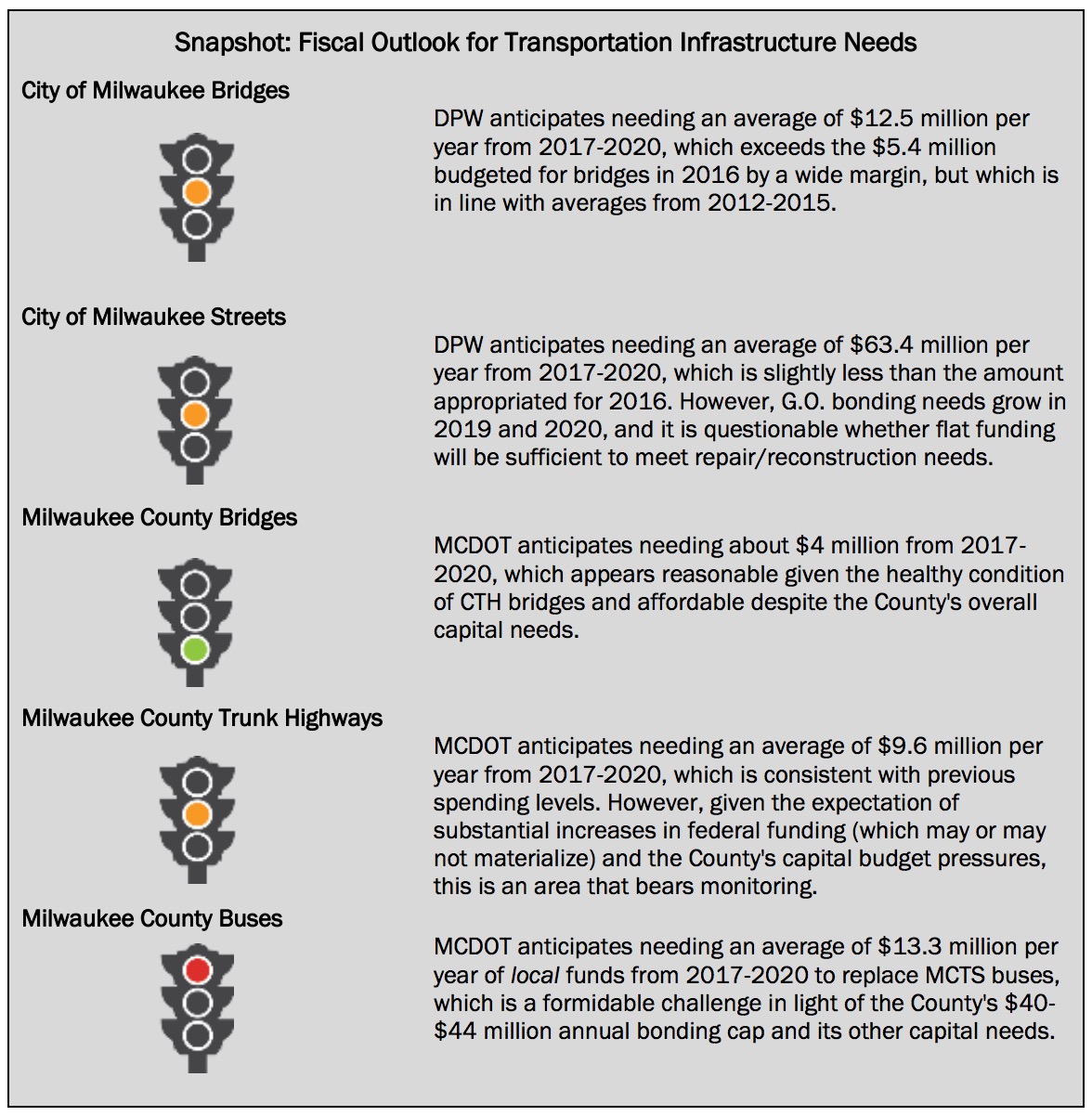

 RSS Feed
RSS Feed